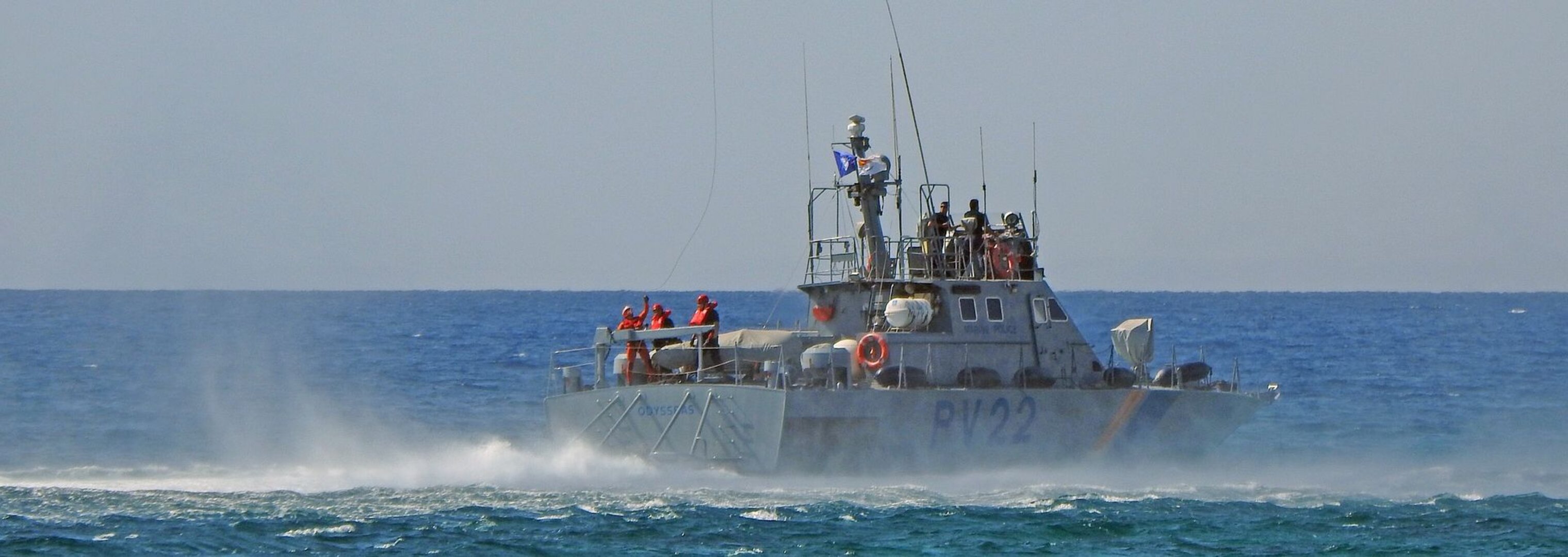Search & Rescue: helping people in distress
The 406 MHz transponder carried by the MSG satellites links to an international system developed by Canada, France, the USA and the former USSR, designed to assist worldwide Search and Rescue (S&R) operations by pinpointing the locations of distress beacons.
The main S & R system relies on satellites in polar Earth orbit, but studies by the USA using the GOES-7 meteorological satellite have shown that geostationary satellites can improve detection times by providing near instantaneous alerts from their coverage zone.
MSGs receive Data Collection Platform (DCP) signals in UHF bands close to the frequencies assigned to S&R service up-links. The satellites also transmit to ground stations in L-band at frequencies close to the S&R frequencies for down-linking. This means that the S&R transponder can re-use a substantial part of the MSG on-board equipment, such as the UHF and L-band antennas and the UHF receiver.
In order to support the S&R service, the MSG satellites only required extra equipment for channel filtering, high-frequency conversion and signal amplification. The relay function itself has only a marginal impact on cost and spacecraft mass (i.e. 1.5 kg).
Once the satellite is in orbit, and the S&R payload is switched on, all operational activities are carried out by a dedicated S&R ground segment.
Inclusion of the S&R facility adds a humanitarian dimension to the MSG mission.
Because of its evident benefit this mission will continue on Meteosat Third Generation (MTG).


